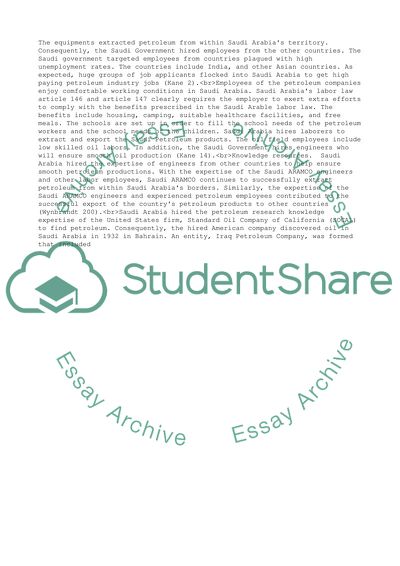Cite this document
(“Choosing successful industry in Saudi Arabia Assignment”, n.d.)
Retrieved from https://studentshare.org/business/1638355-choosing-successful-industry-in-saudi-arabia
Retrieved from https://studentshare.org/business/1638355-choosing-successful-industry-in-saudi-arabia
(Choosing Successful Industry in Saudi Arabia Assignment)
https://studentshare.org/business/1638355-choosing-successful-industry-in-saudi-arabia.
https://studentshare.org/business/1638355-choosing-successful-industry-in-saudi-arabia.
“Choosing Successful Industry in Saudi Arabia Assignment”, n.d. https://studentshare.org/business/1638355-choosing-successful-industry-in-saudi-arabia.


